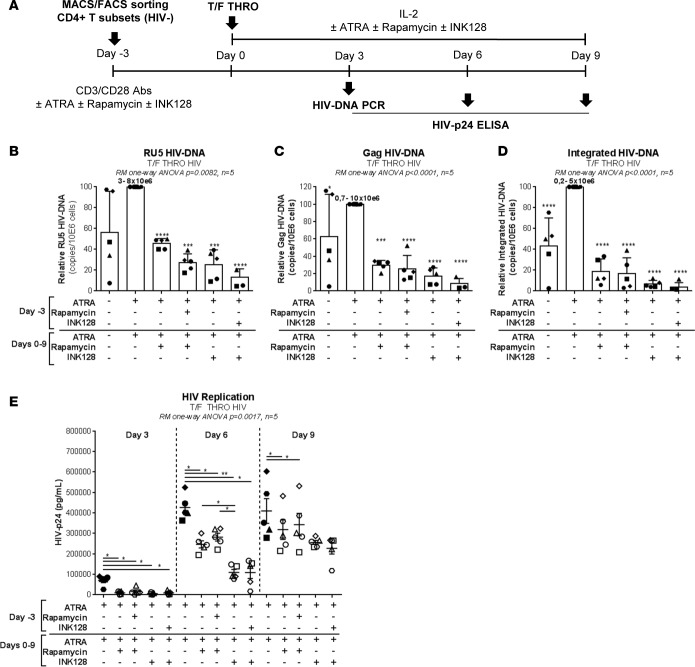Figure 6. mTOR inhibitors counteract the effect of ATRA on HIV permissiveness in memory CD4+ T cells.
(A) The ability of mTOR inhibitors to counteract the effects of ATRA on HIV replication was tested in total memory CD4+ T cells. Briefly, total memory CD4+ T cells were stimulated via CD3/CD28 in presence/absence of ATRA and/or rapamycin (10 nM) or INK128 (50 nM) for 4 days. Then, cells were exposed to replication-competent T/F HIV THRO (25 ng HIV-p24/106 cells). Further, cells were cultured for 9 additional days in presence/absence of ATRA and/or rapamycin or INK128. (B–D) The relative RU5, Gag, and integrated HIV DNA levels quantified by real-time nested PCR at day 3 after infection (with the range of absolute HIV DNA copies/106 cells in ATRA-treated cells, considered 100%, being indicated in the figure) and (E) HIV-p24 levels quantified by ELISA in cell culture supernatants at days, 3, 6 and 9 after infection (n = 5, mean ± SEM) shown. Each symbol represents one different donor. Repeated-measures 1-way ANOVA (B–E), with Dunnett’s (relative to cells stimulated via the TCR in the presence of ATRA) (B–D) or Tukey’s (E) multiple comparisons test (*P < 0.05; **P < 0.01; ***P < 0.001; ****P < 0.0001).

